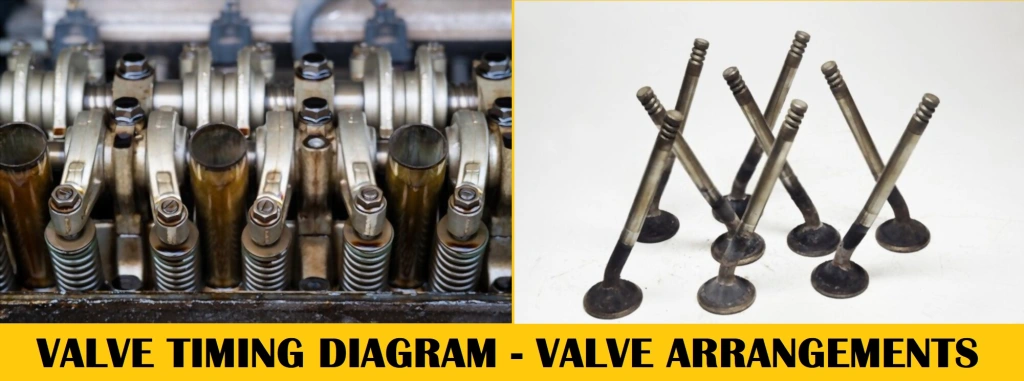How Alternators Work
How Alternators Work is an overview of the essential electrical machines that convert mechanical energy into alternating current (AC) electricity through the principle of electromagnetic induction. Alternators play a crucial role in various applications, most notably in automotive systems, where they are responsible for charging batteries and powering electrical components while the engine is running. As the demand for reliable electrical power sources has grown, the design and efficiency of alternators have evolved significantly, making them indispensable in both traditional and modern vehicles, including hybrids and electric cars. The history of alternators is rooted in the advancements of the Second Industrial Revolution, which saw the transition from steam and water power […]













![Properties of Lubricants | Purposes of Lubrication | Oil Lubricants [2024] 14 properties-of-lubricants-viscosity](https://blogmech.com/wp-content/uploads/2024/09/01-properties-of-lubricants-viscosity.jpg)





